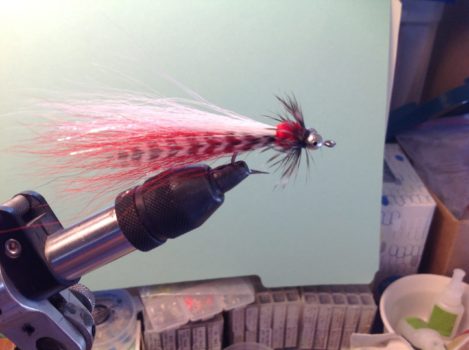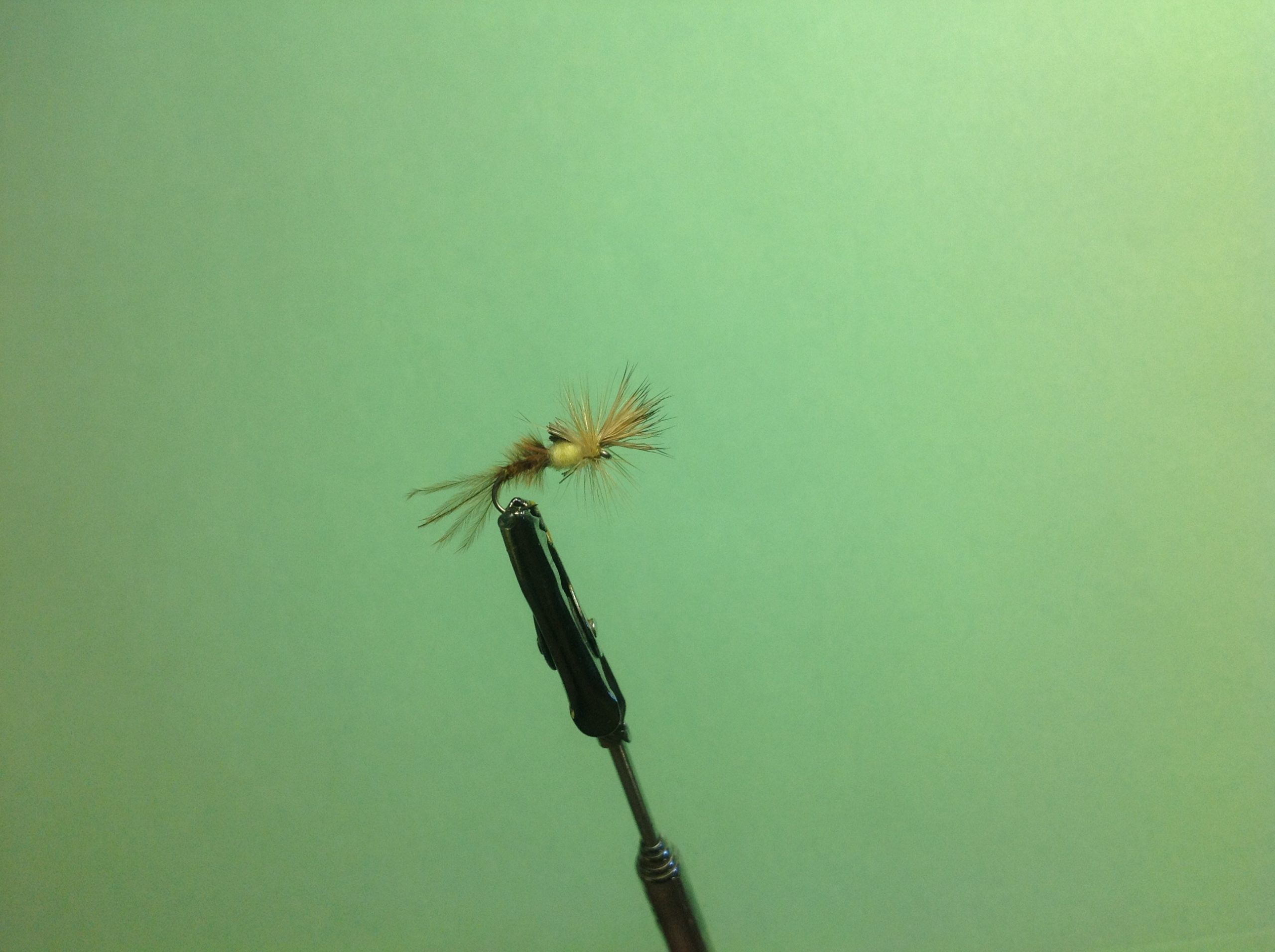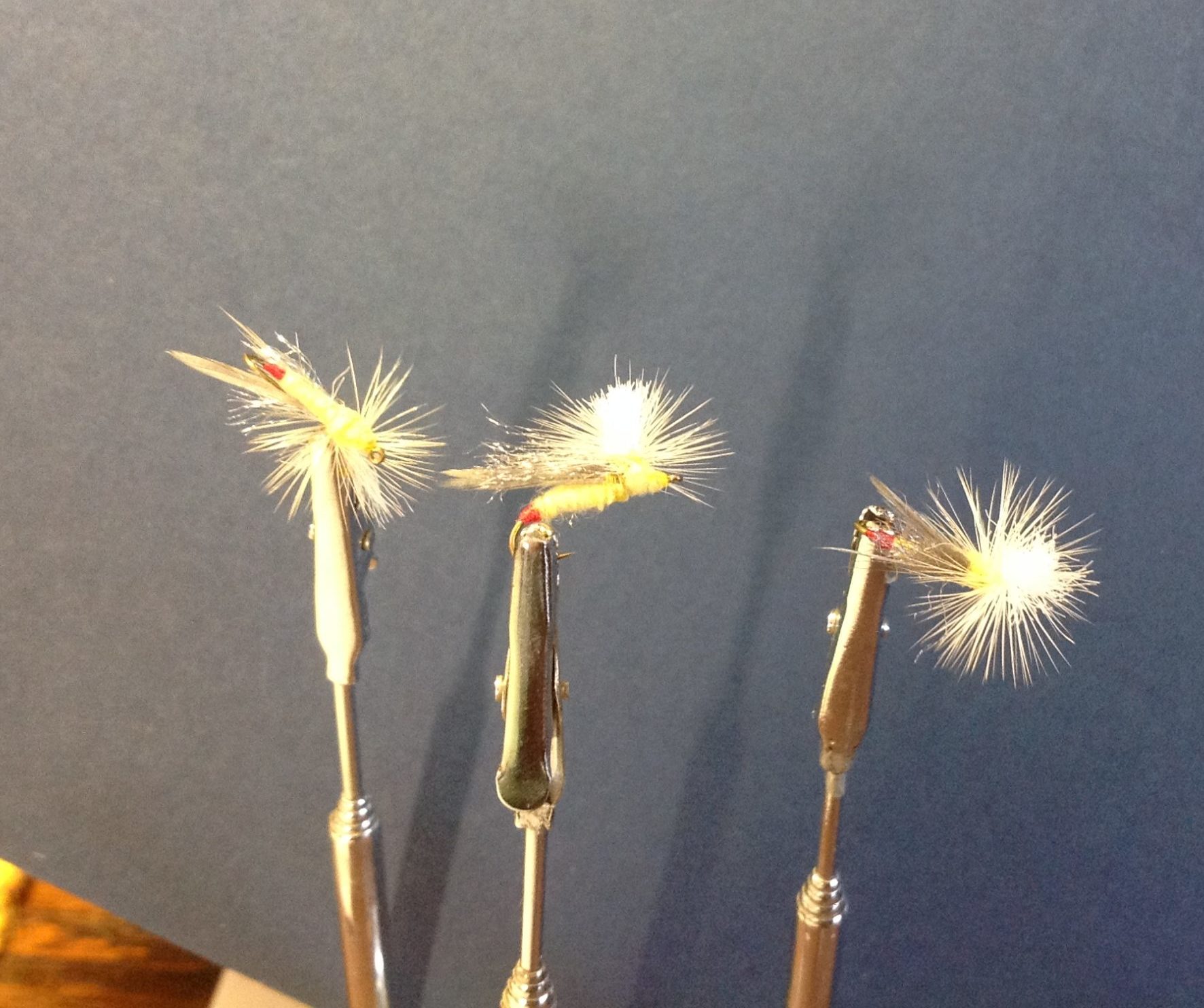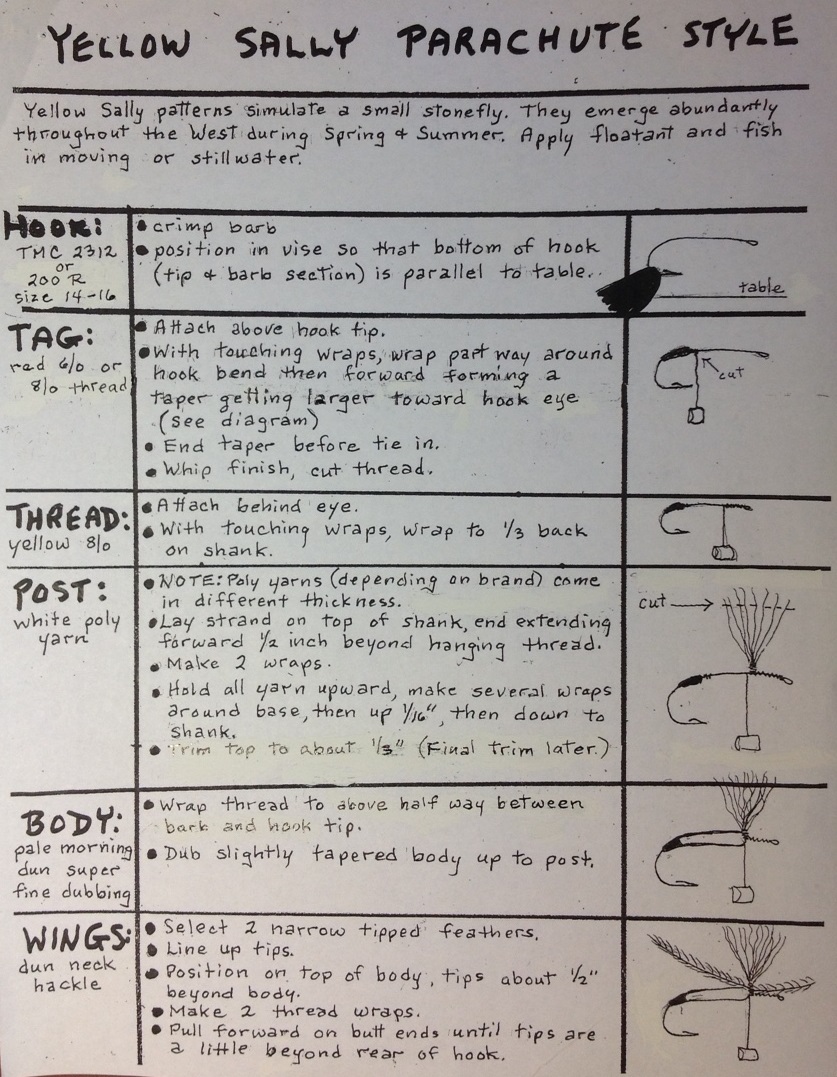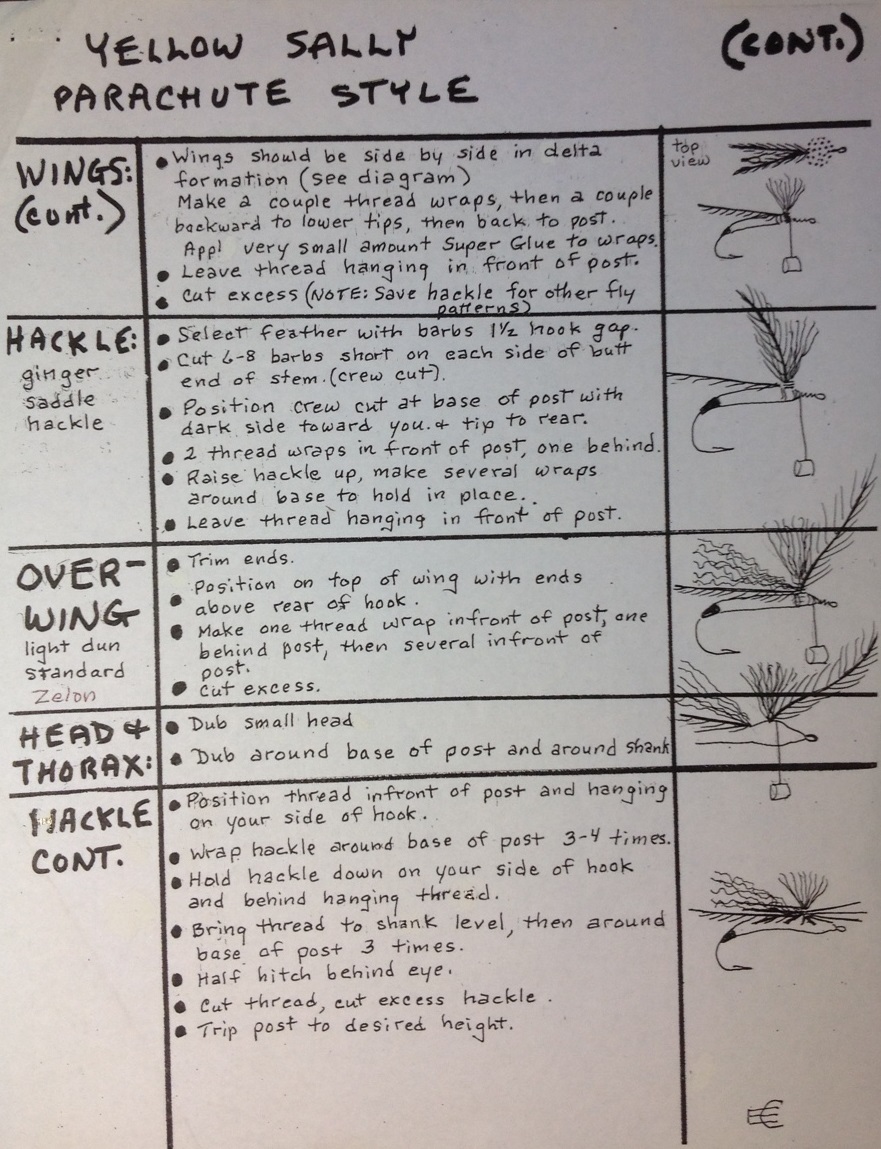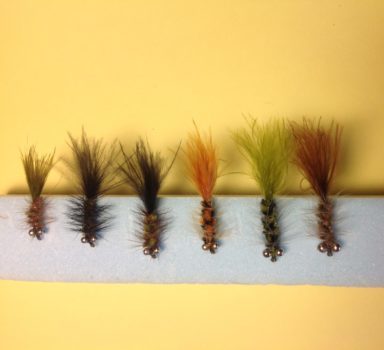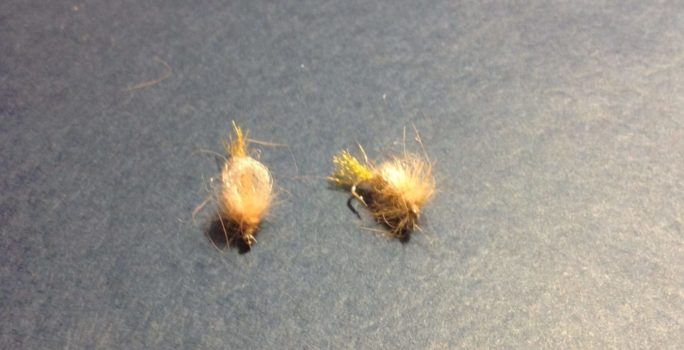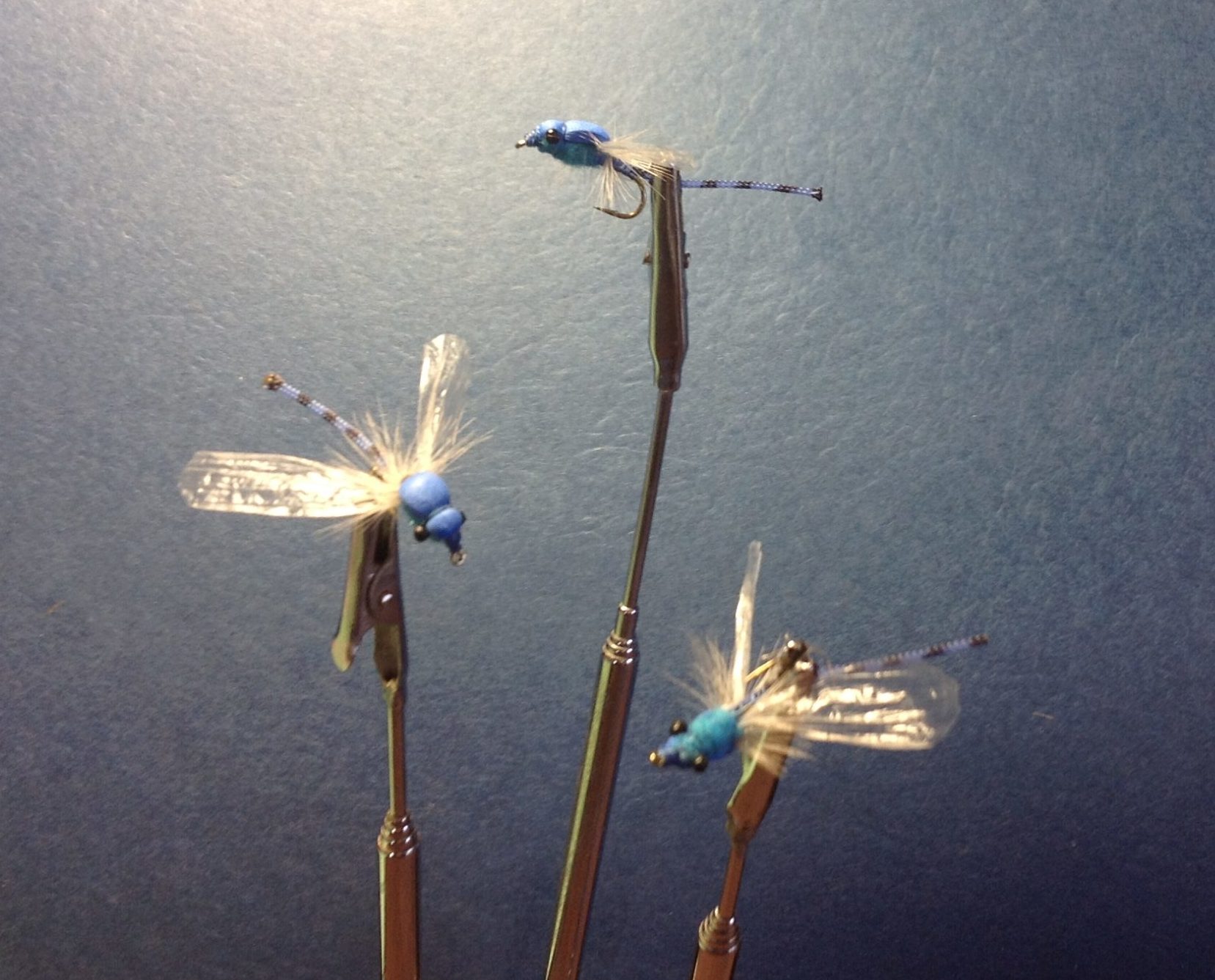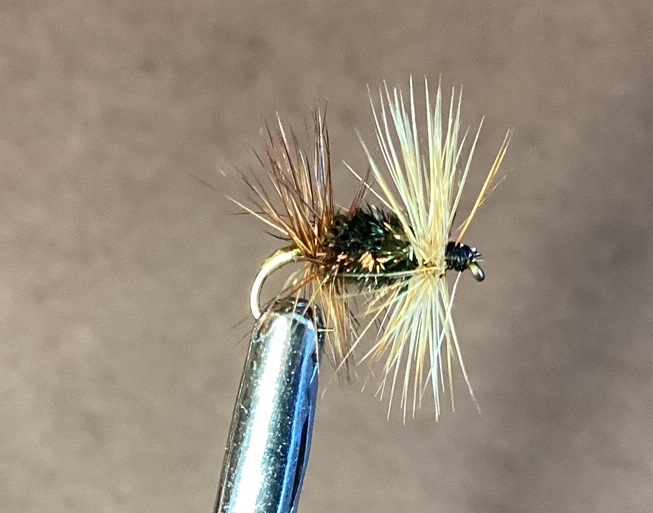
This dry fly pattern has been around for decades. It is an effective attractor, easy to tie, easy to see.
1. HOOK: TMC 100 (or any standard dry fly hook). Size 10-18
Crimp barb.
2. THREAD: Black 6/0, or 8/0 depending on size of hook.
Attach thread, 3/4 back on shank.
3. TAG: small or find flat gold tinsel.
Tie in back to above barb with silver side facing you. Hand wrap tinsel around 1/3 of curve of hook and back to starting point.
NOTE: that will expose gold side of tinsel. Tie off cut access.
4. REAR HACKLE: brown or grizzly Barbs equal to 1 1/4 to 1 1/2 times hook gap. Remove any fuzz at base of stem. Cut 4 to 5 barbs short on each side of stem (crew cut). Tie crew cut in with feather tip to the rear and light side of feather facing you. Advance thread 1/4 back on shank. Wrap feather forward to thread with close wraps and tie off. Cut excess.
5. BODY: peacock herl.
Using 2 to 4 strands, break off fragile tips. Tie in tips. Reinforce hurl with thread loop and dubbing tool. Advance thread to 1/4 back on shank. Twist thread loop forming a chenille. Wrap chenille forward forming a generous body. Tie off cut access.
6. FORWARD HACKLE: white or cream grizzly Barbs equal two 1 1/2 to 2 times hook gap.
Prepare feather the same as above. Move thread to one by length behind eye. Wrap feather forward with close wraps. Tie off, cut excess. Wrap small thread head. Tie off, cut thread. Apply superglue, if using a large hook.
Posted on April 21st, 2023
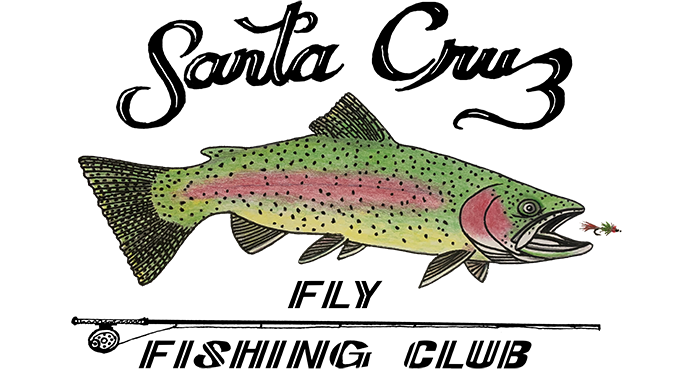
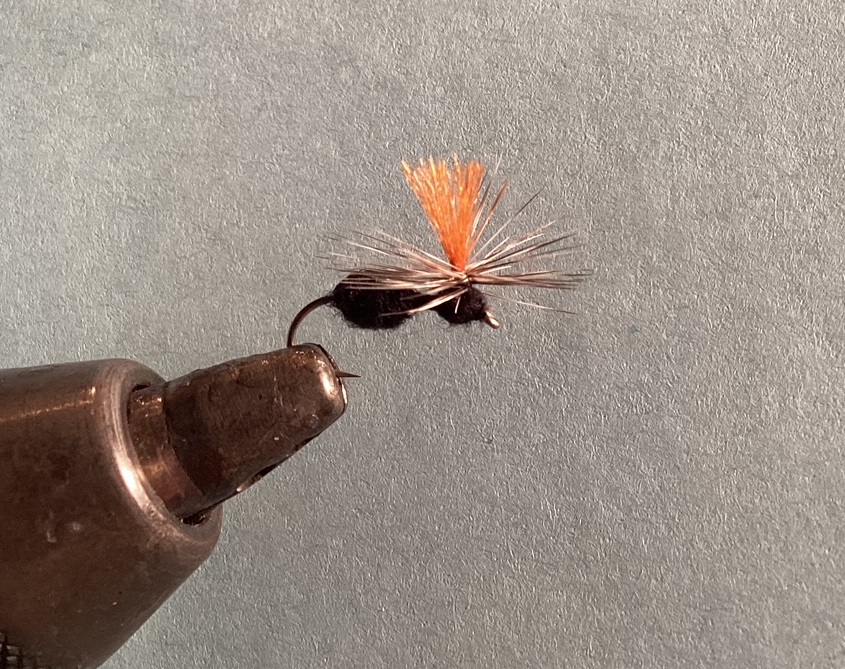
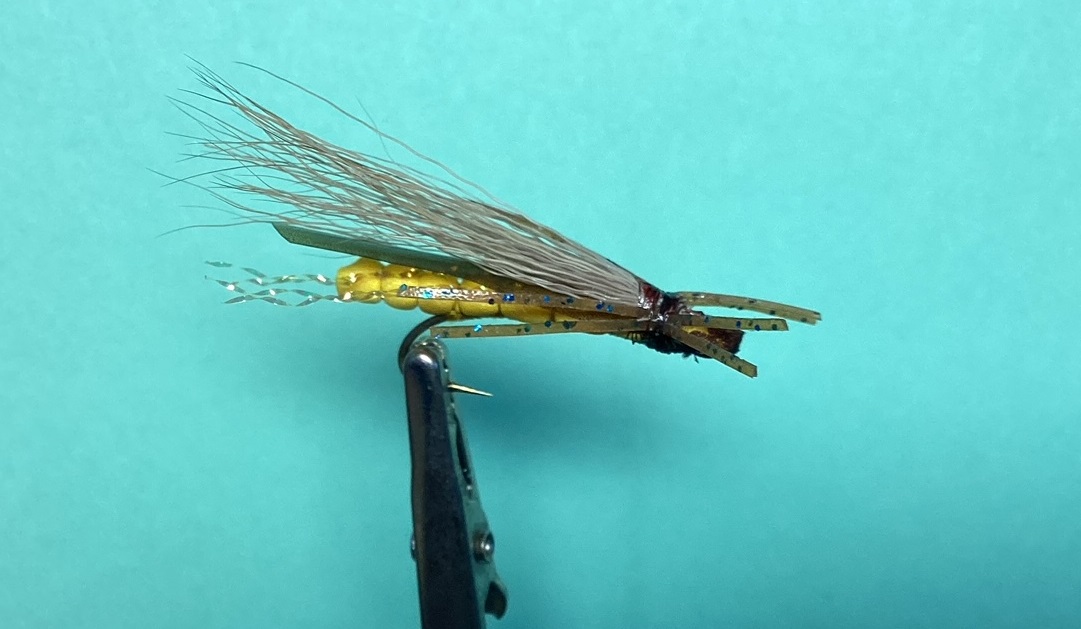
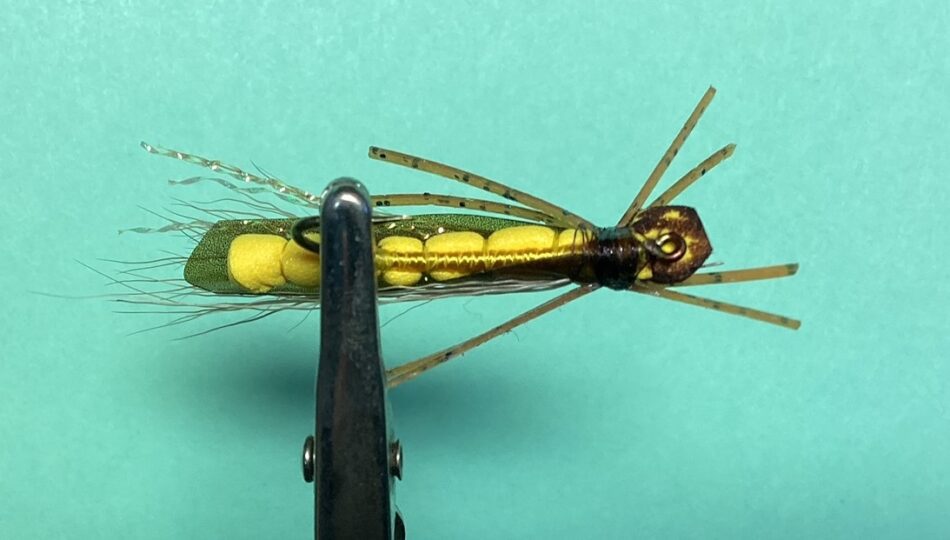
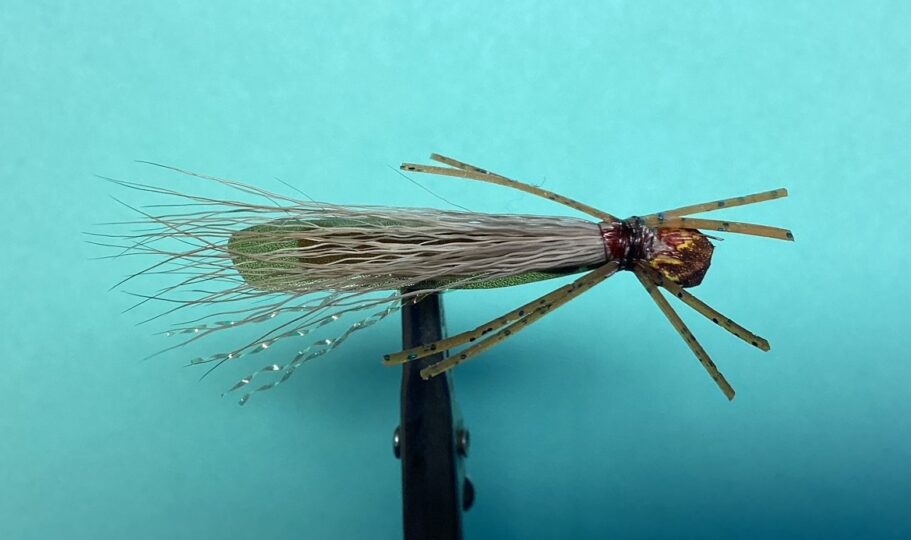
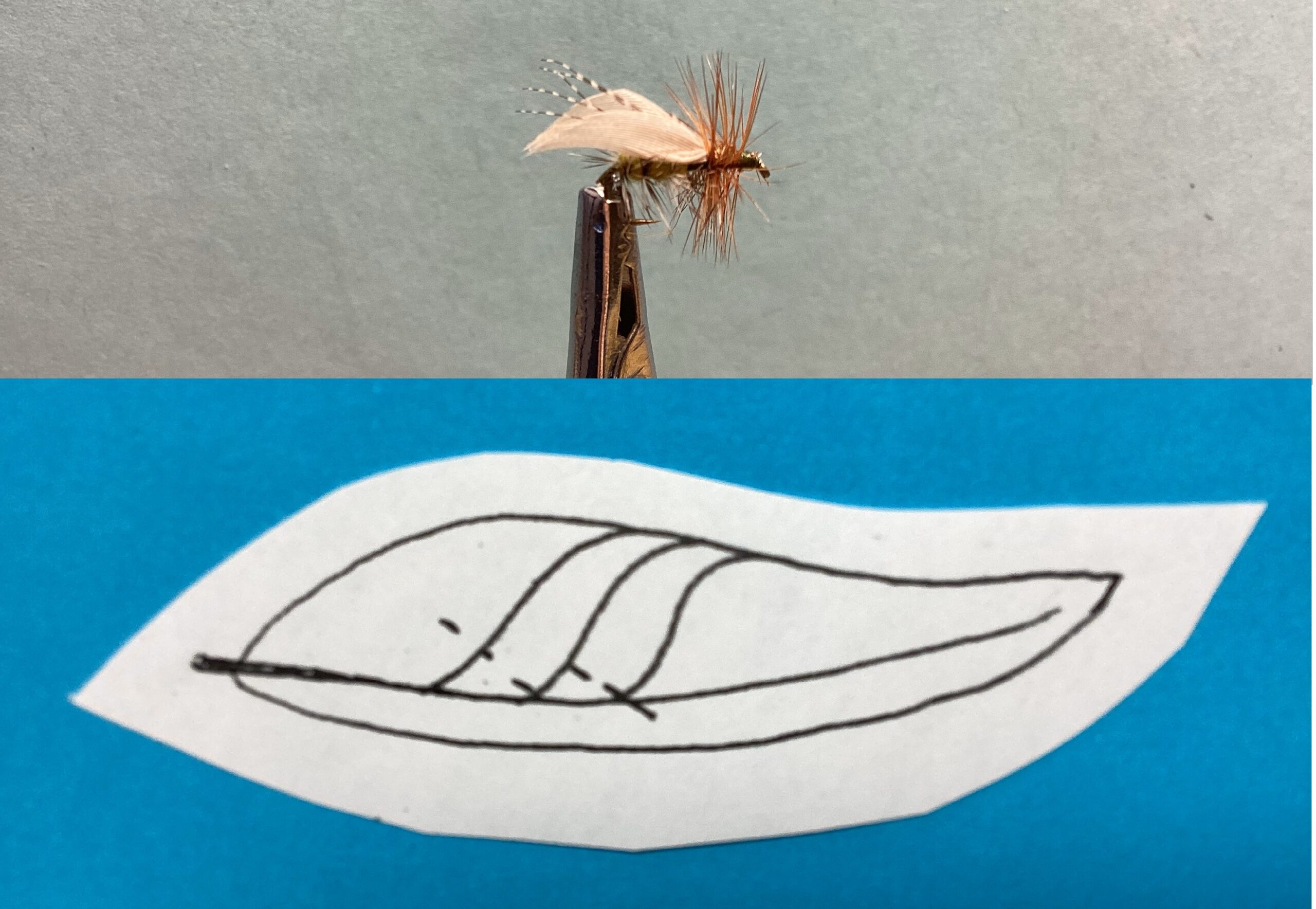
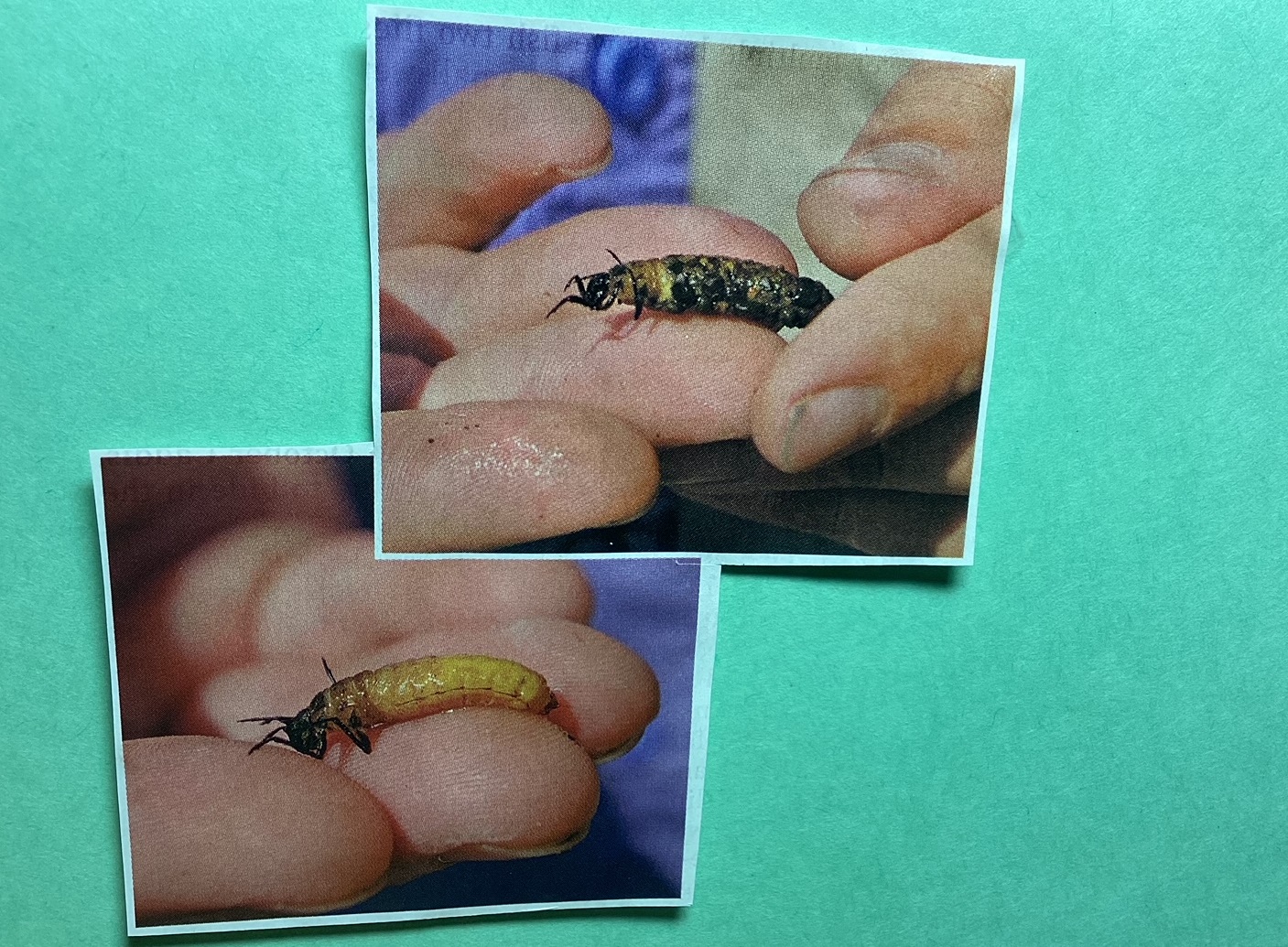
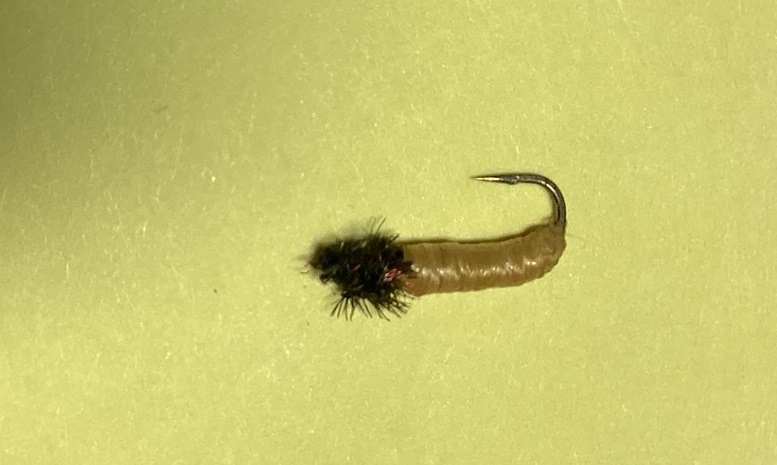

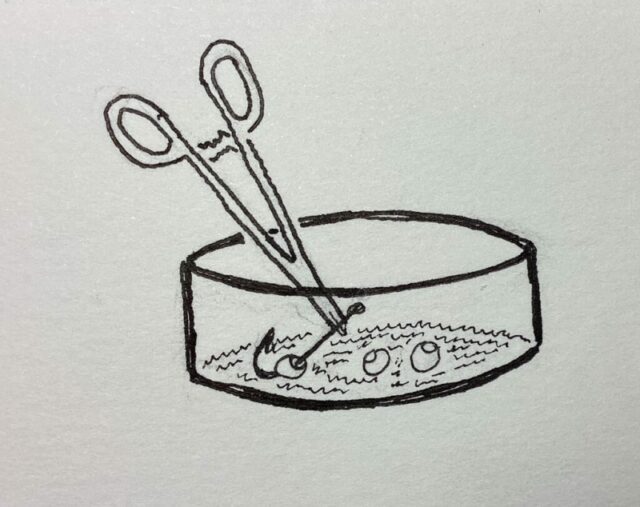
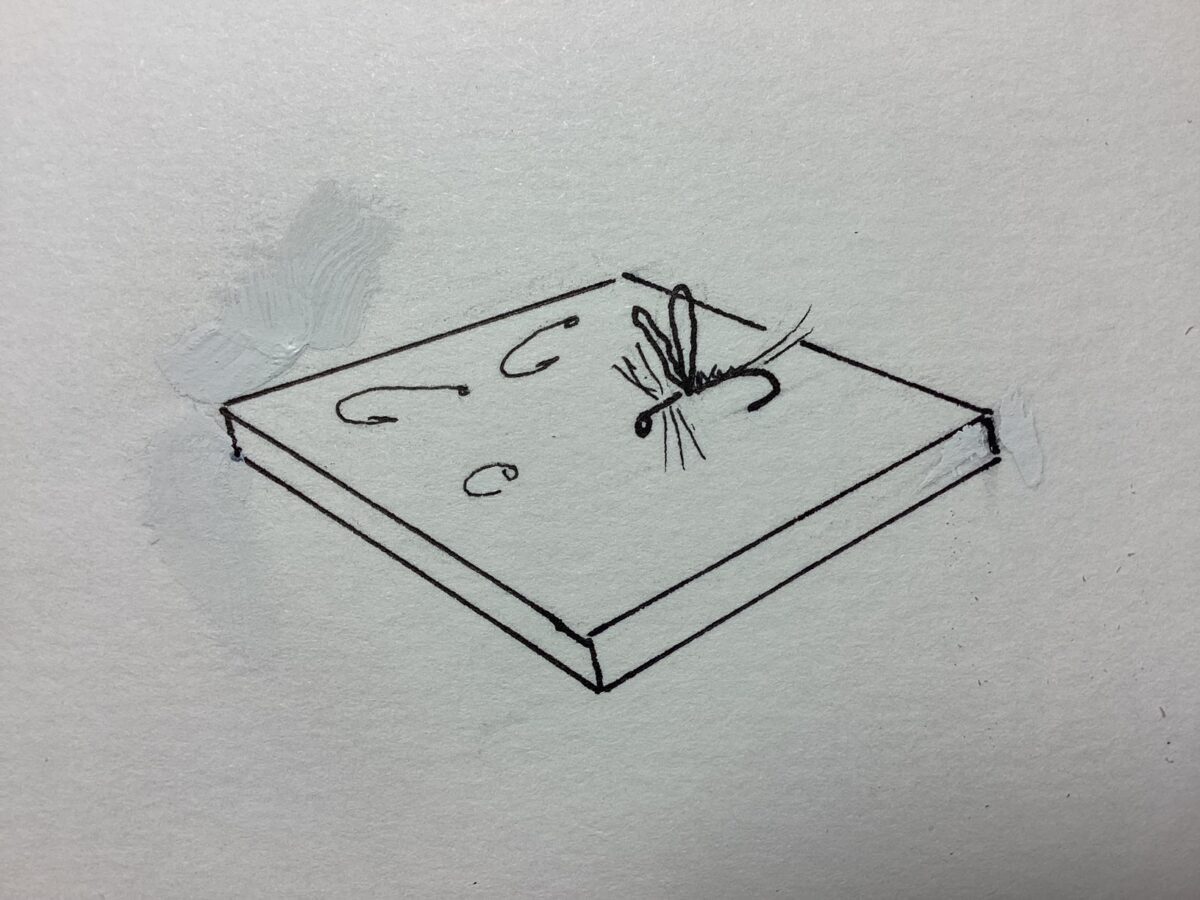
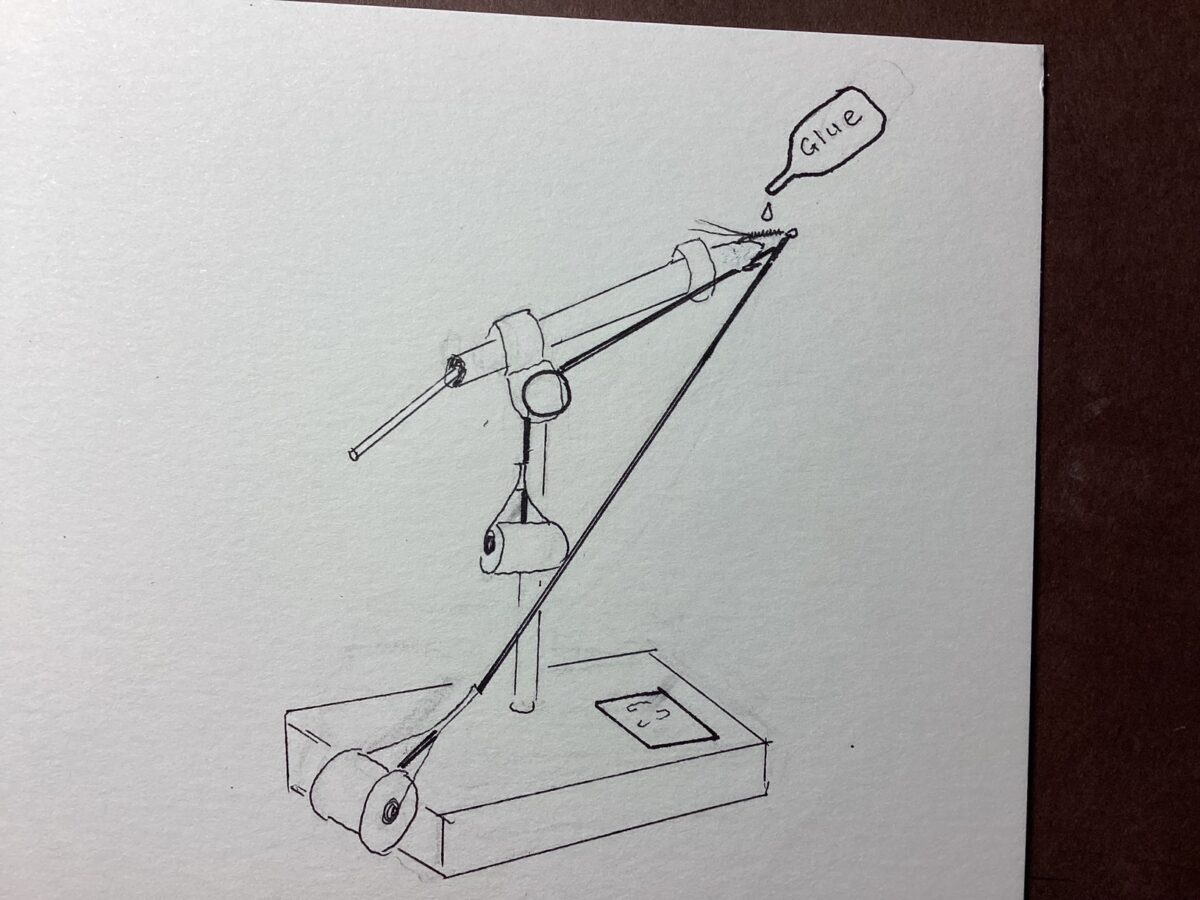
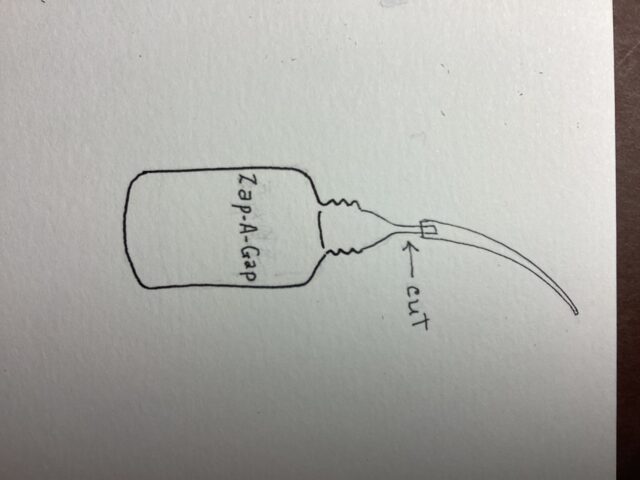
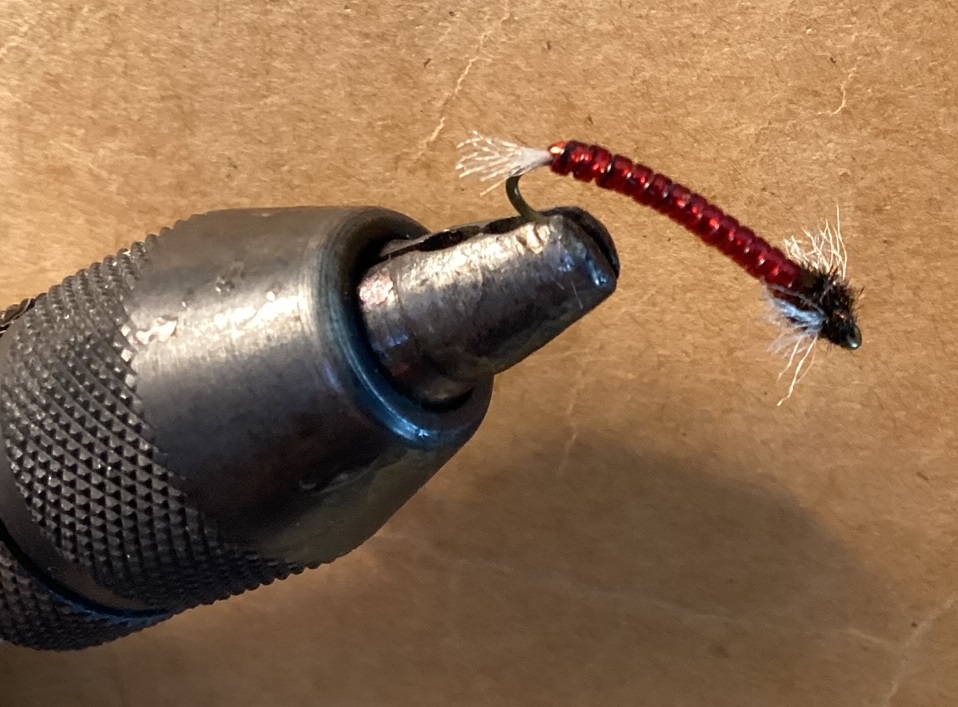
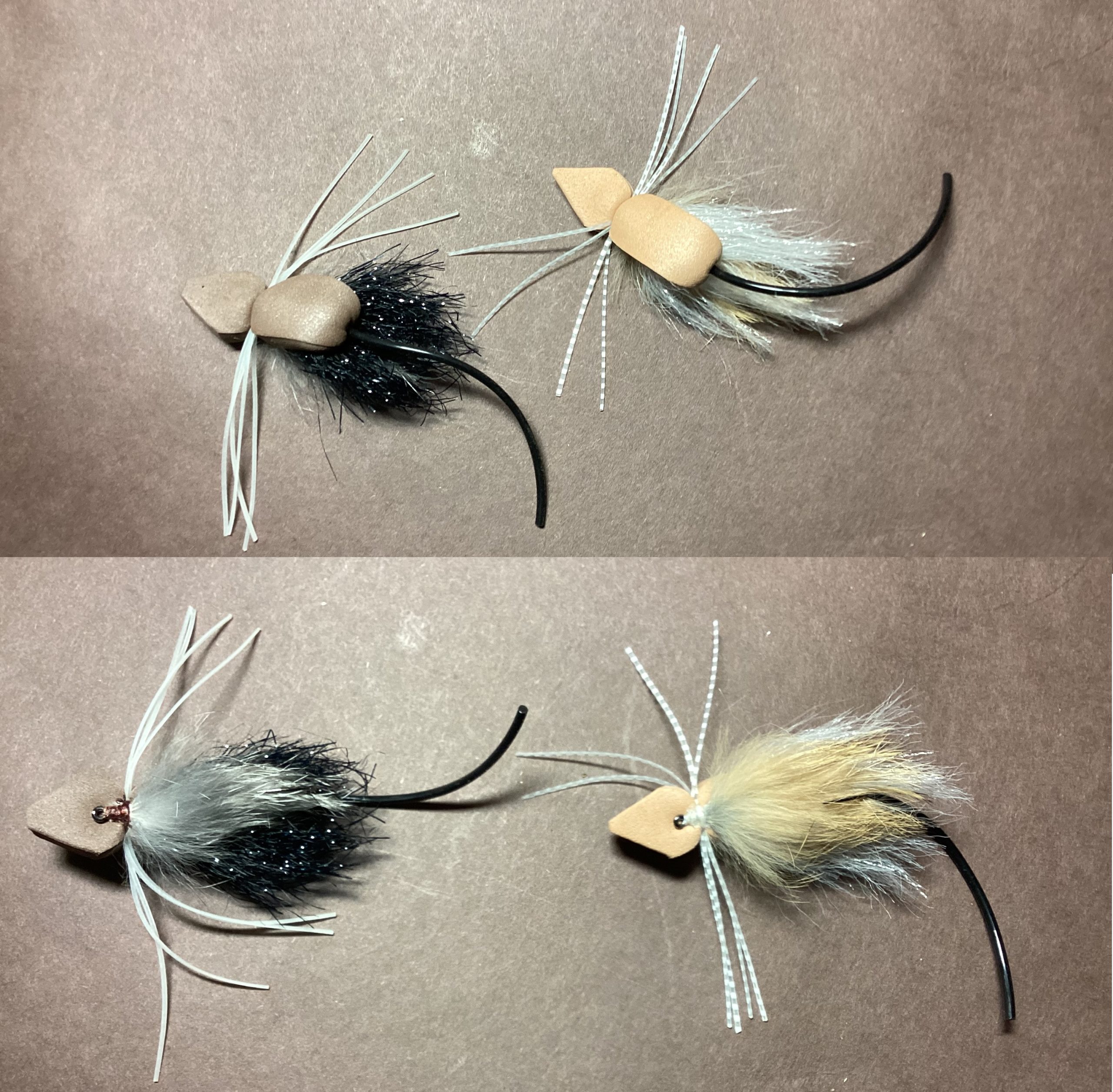
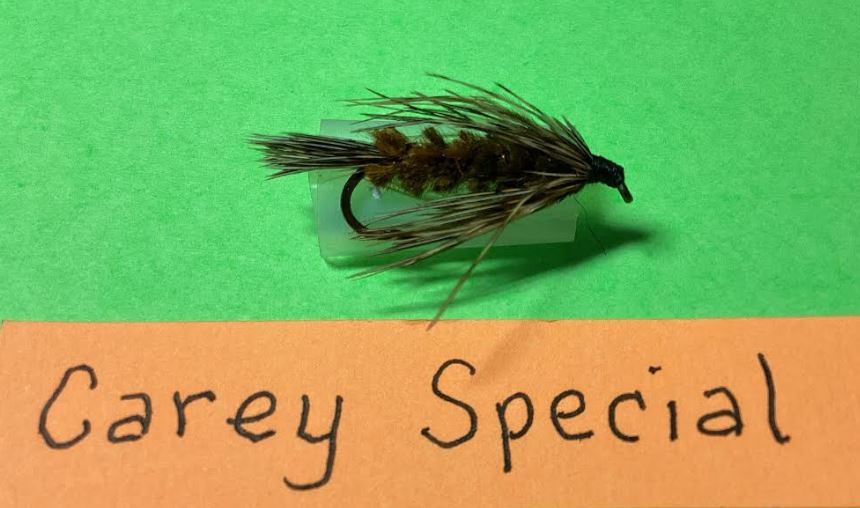
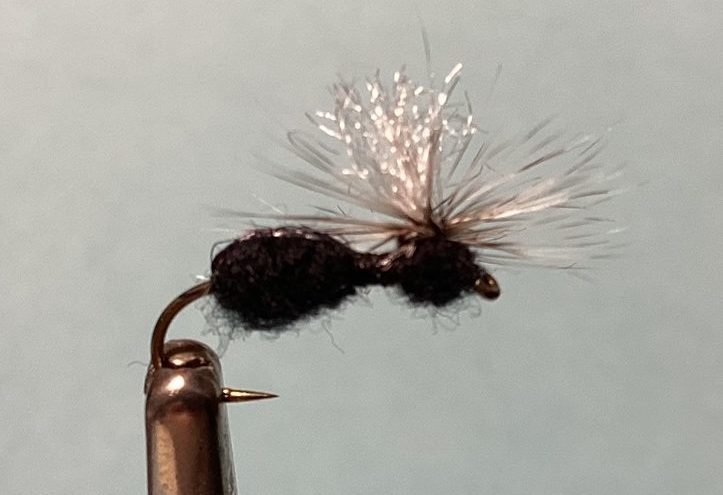
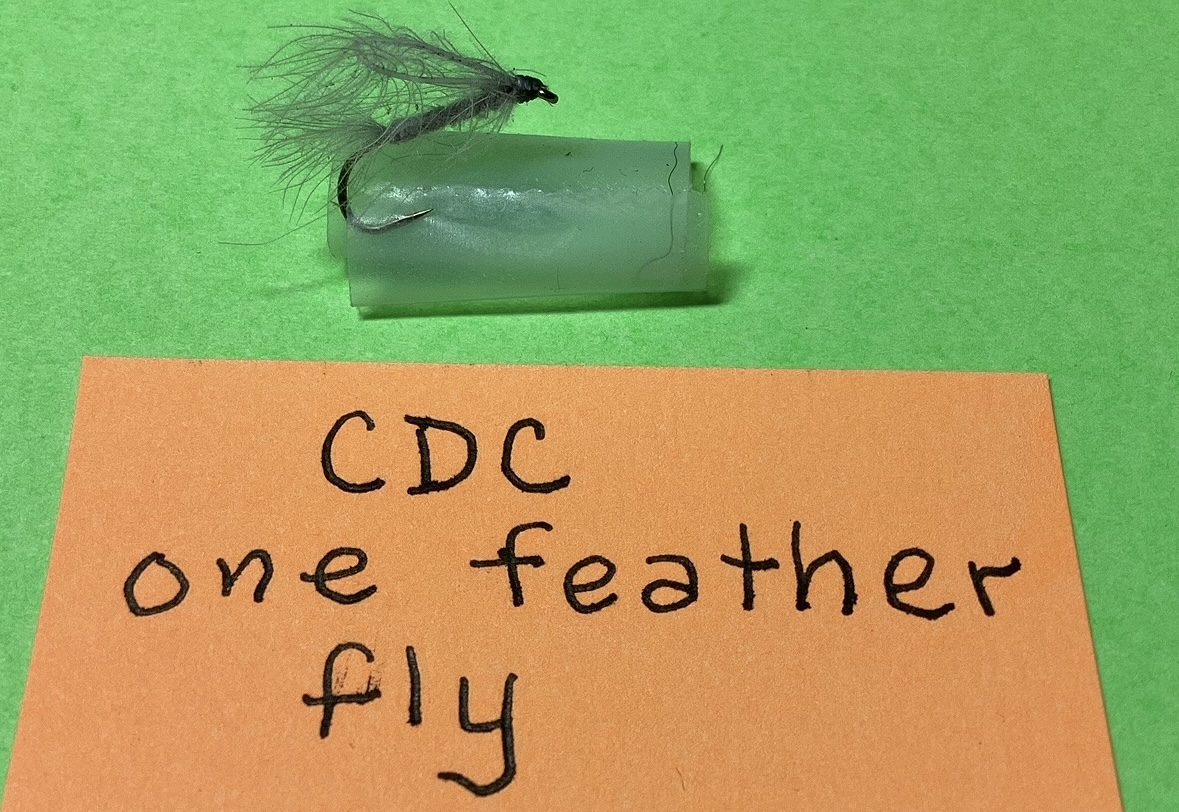
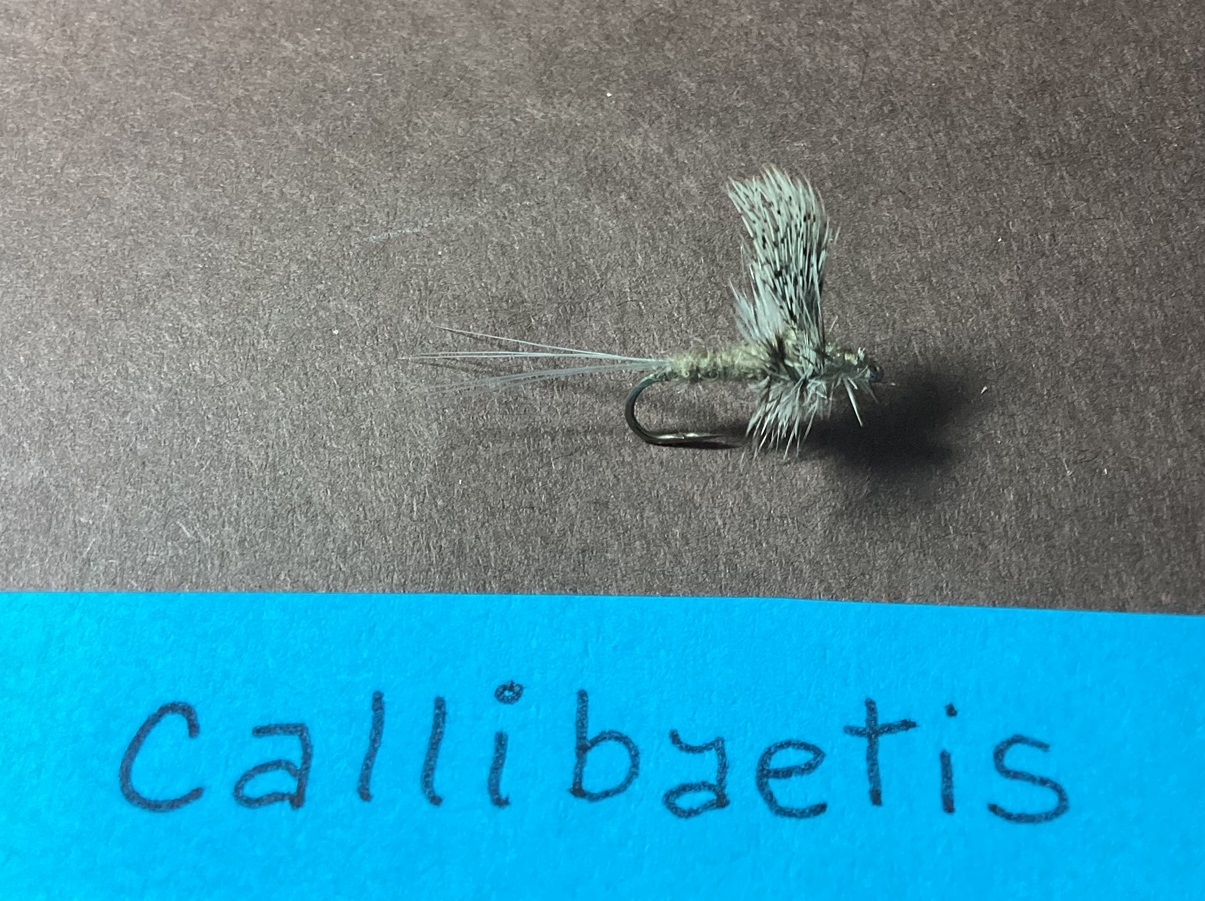
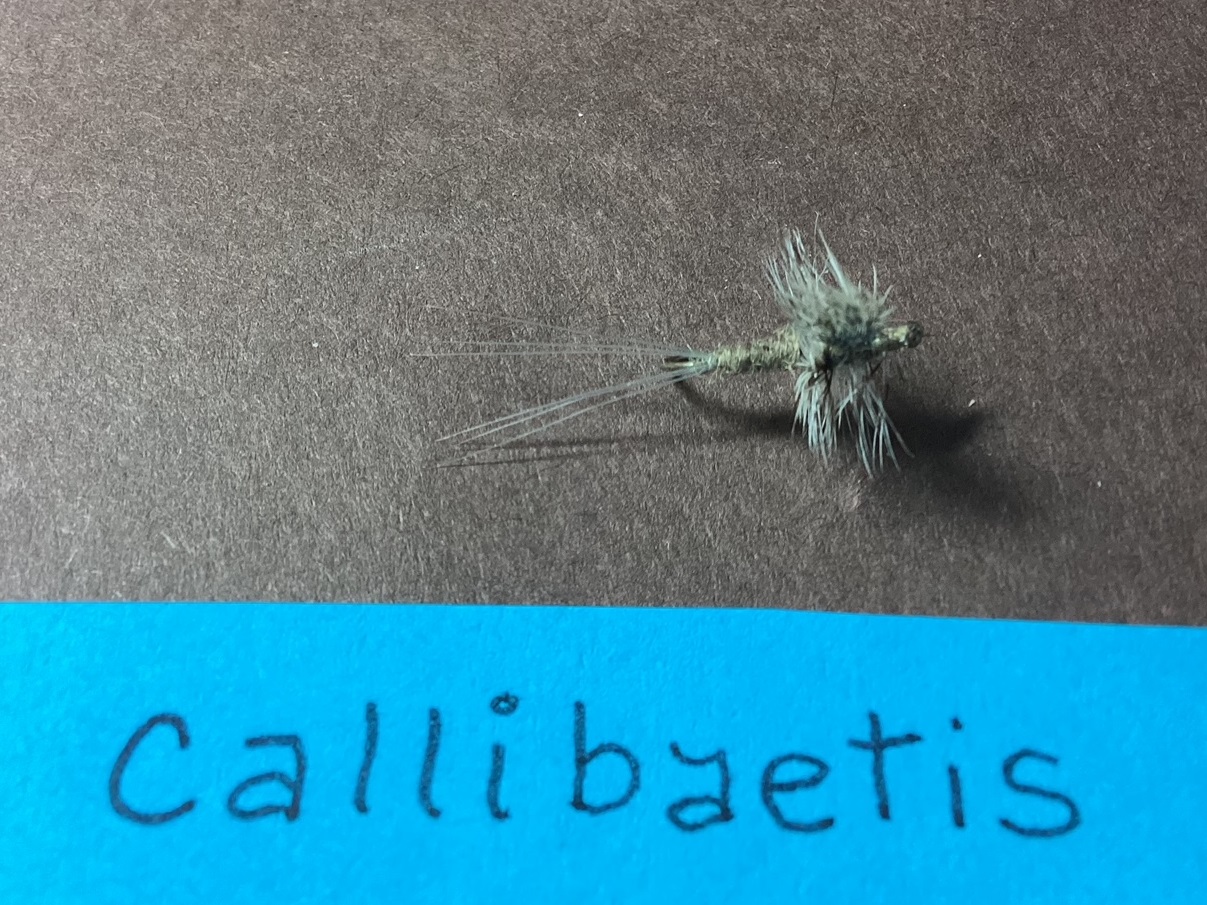
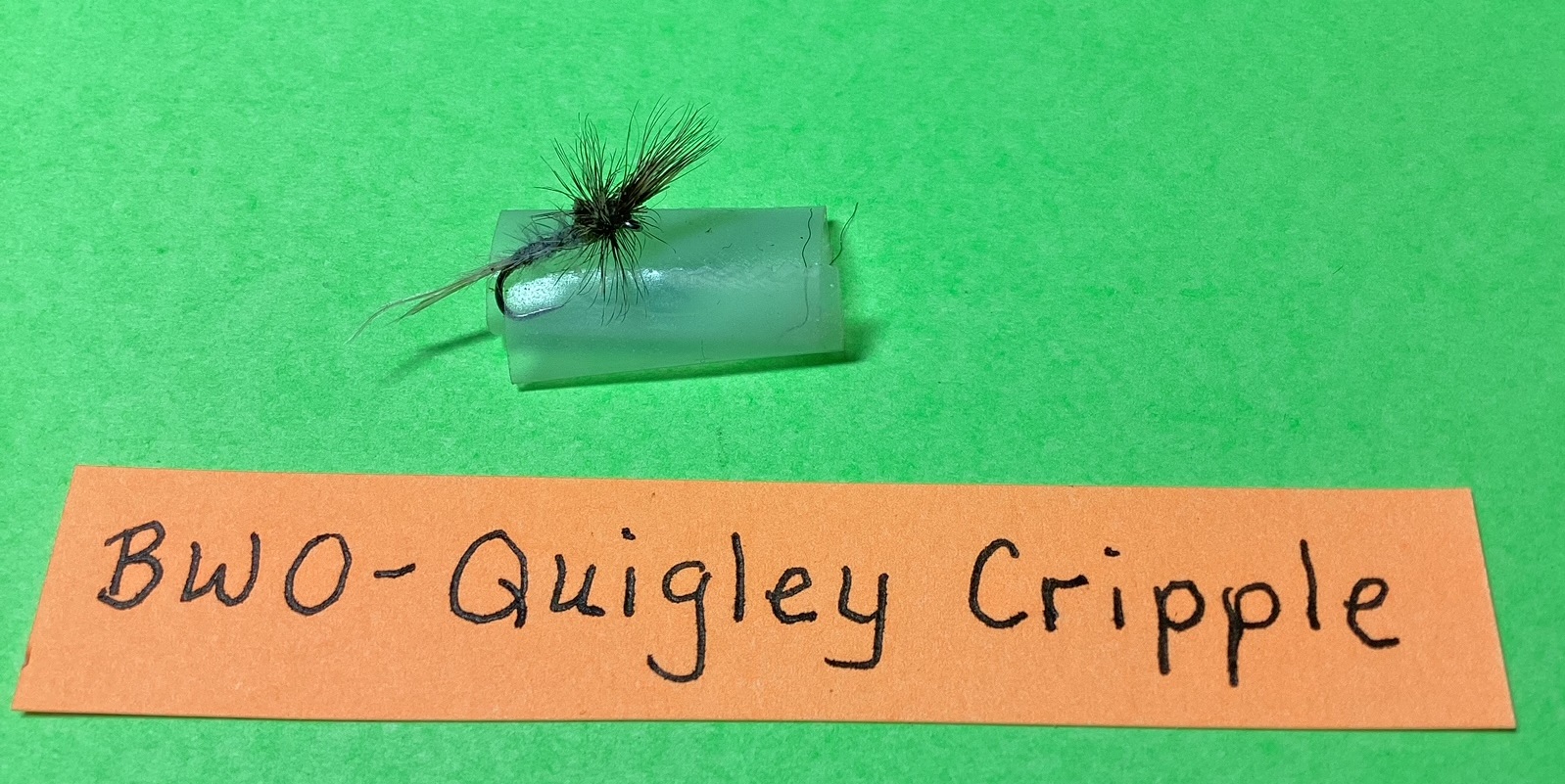

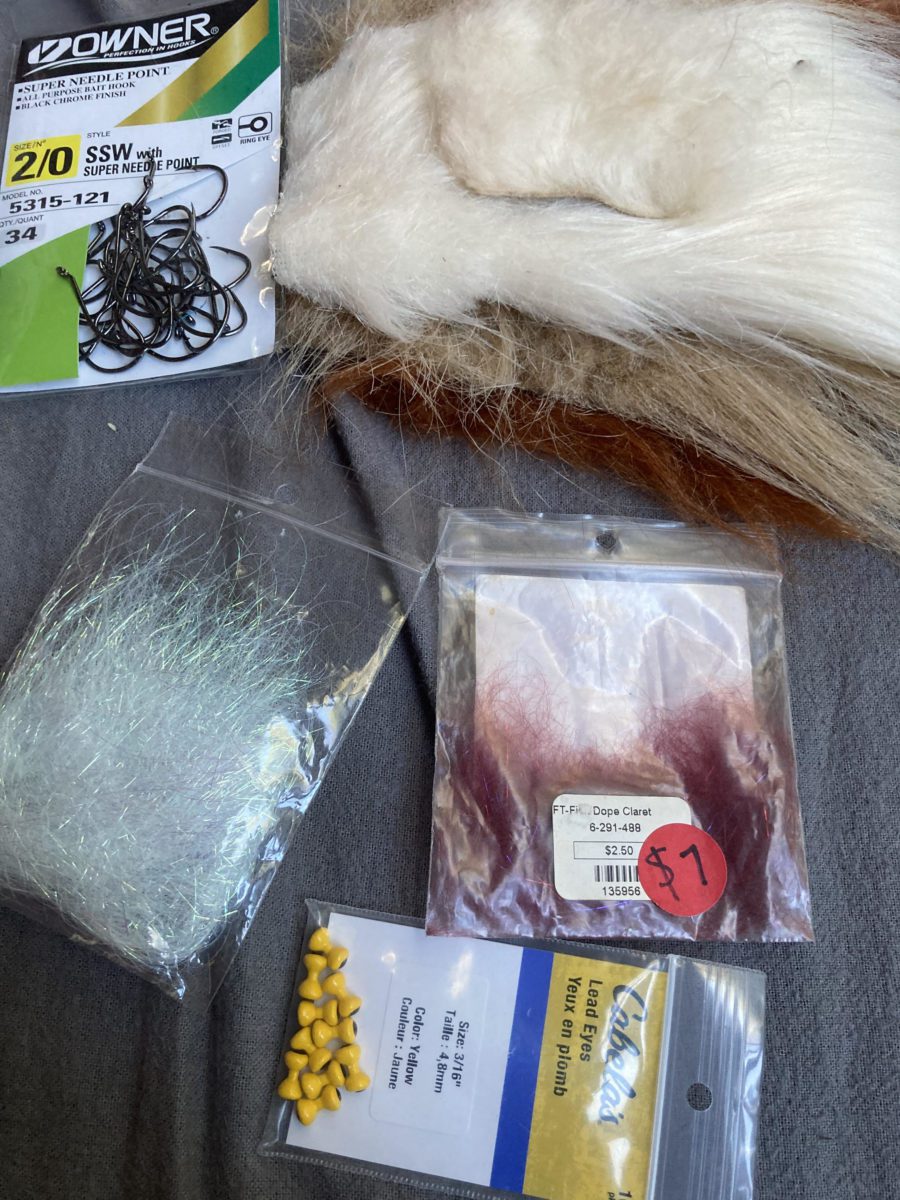
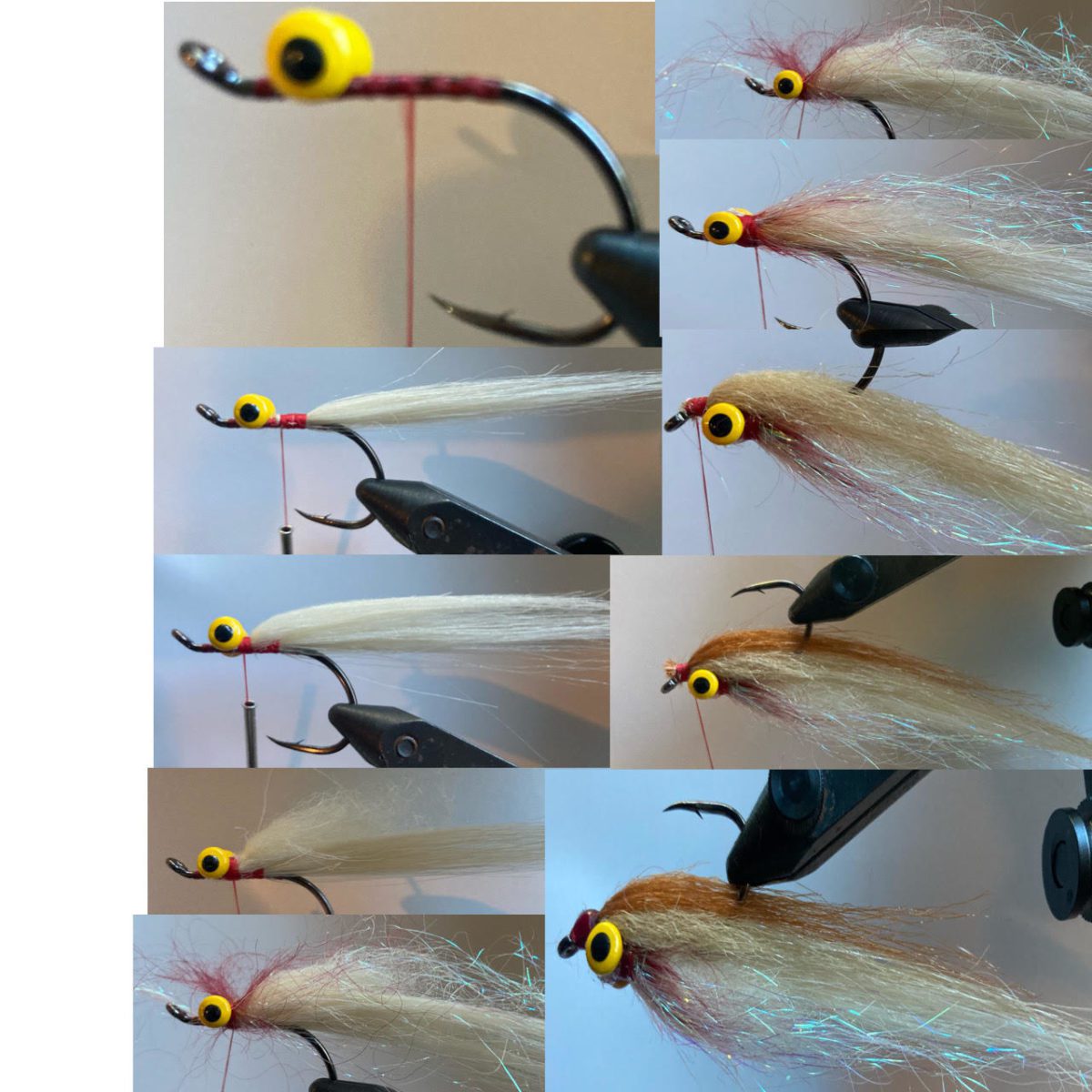
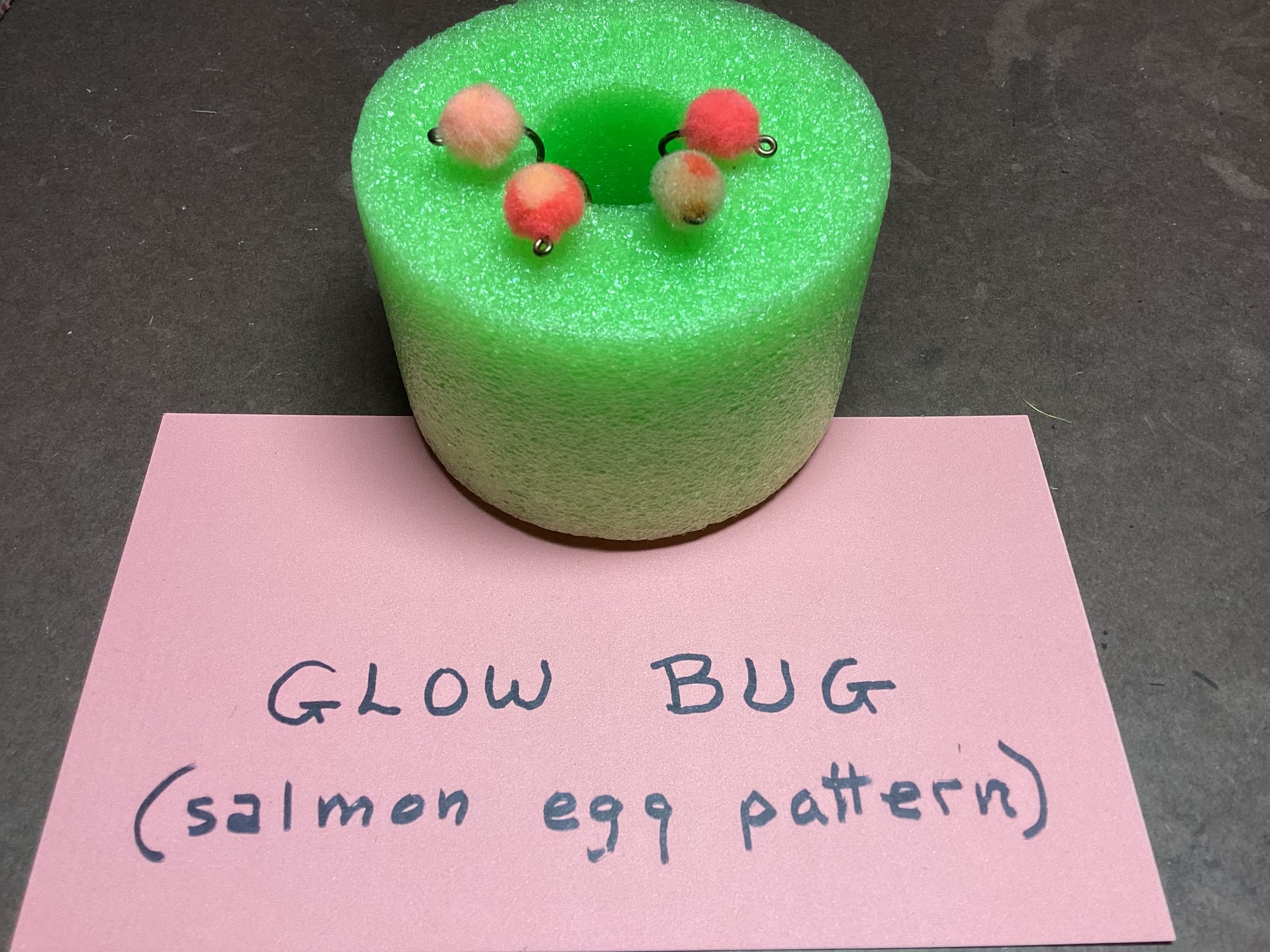
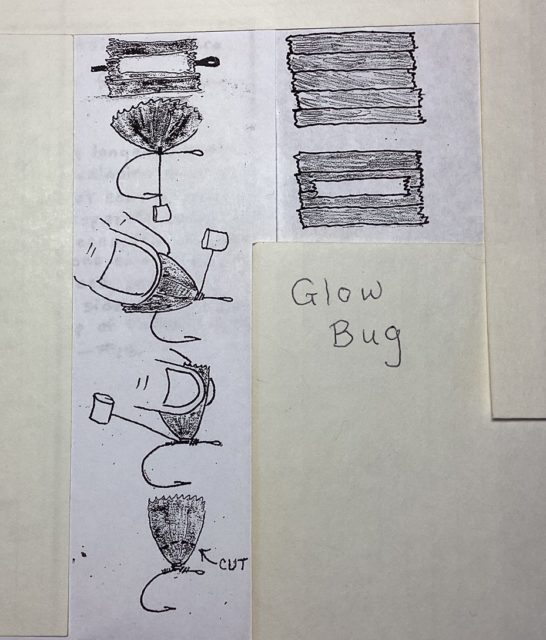
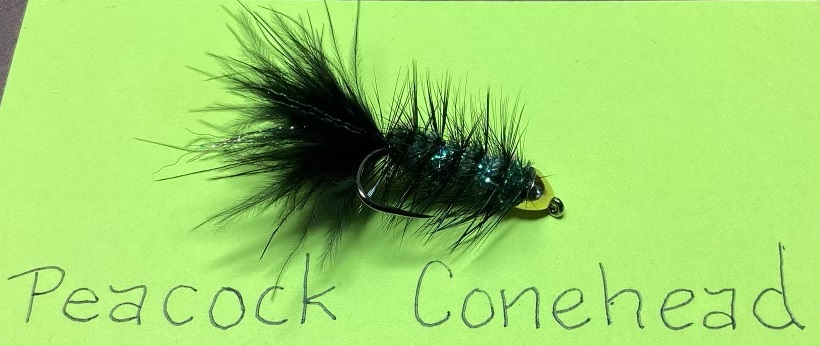
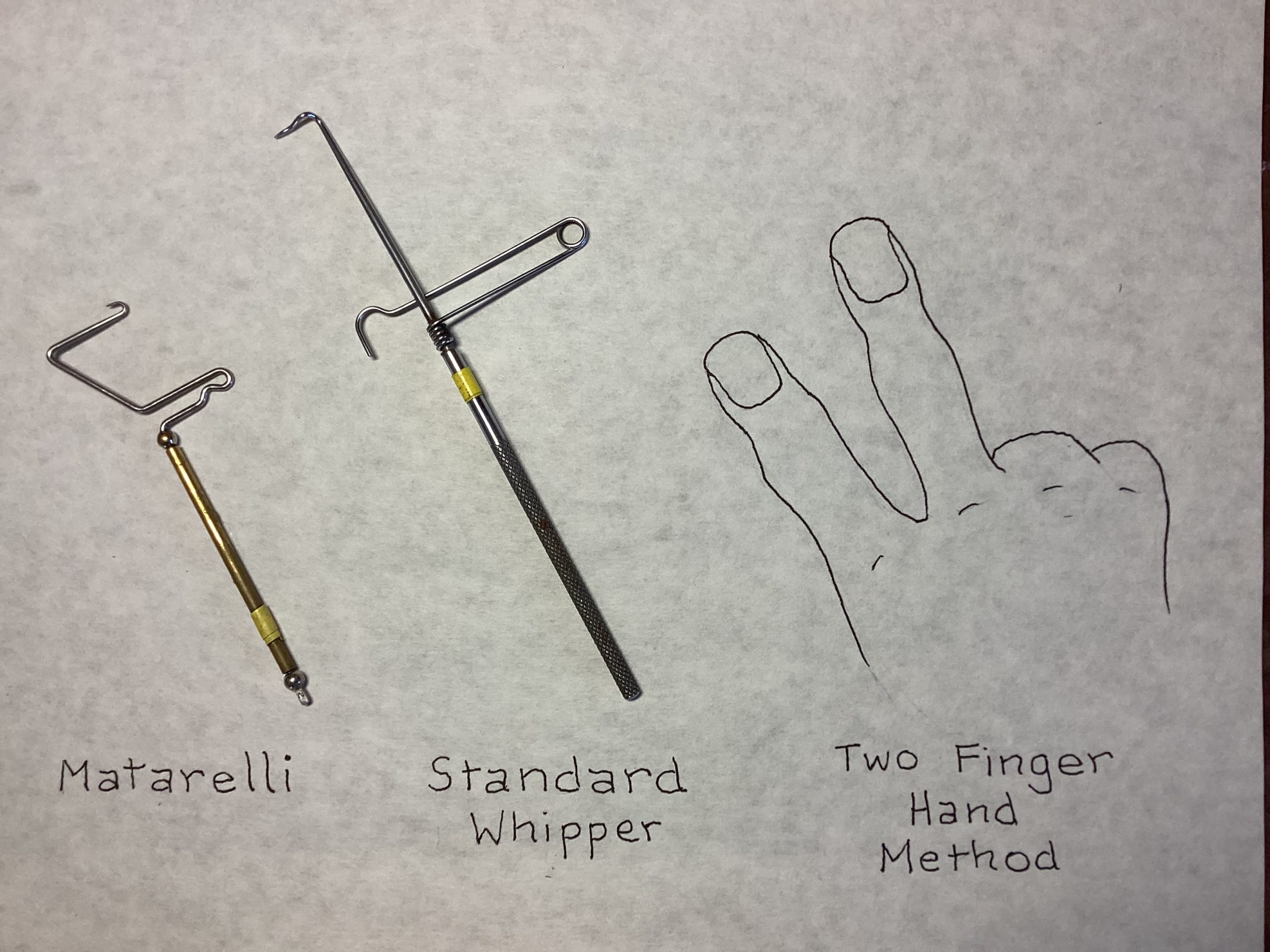
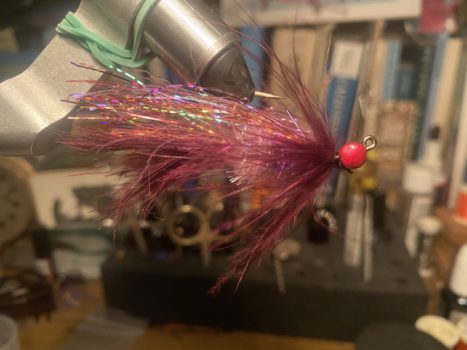
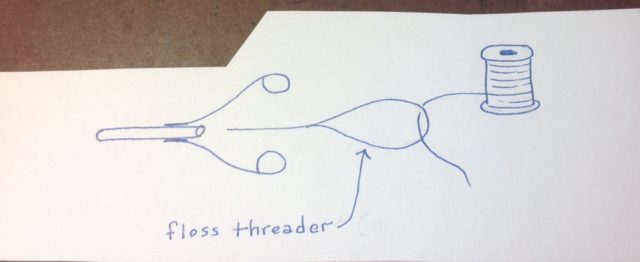 1. There are various methods to thread a bodkin. My favorite is using a ” floss threaded” which is a dental item that is sold in most pharmacies. I advise never using the wire tool that is designed for that purpose. It will score the inside and in turn cause thread to fray and break.
1. There are various methods to thread a bodkin. My favorite is using a ” floss threaded” which is a dental item that is sold in most pharmacies. I advise never using the wire tool that is designed for that purpose. It will score the inside and in turn cause thread to fray and break.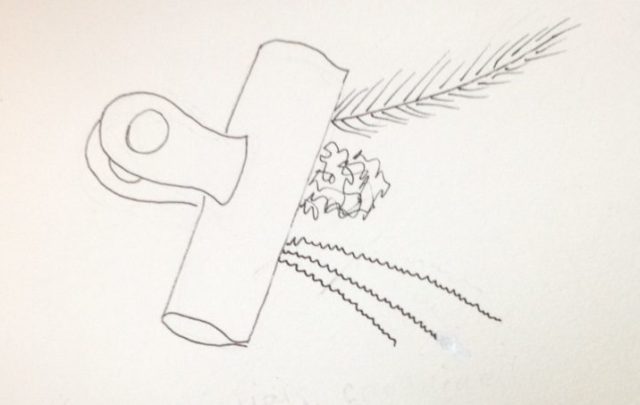 2. While trying to tie a particular fly, it helps to prevent materials from being lost in the clutter or blow away in the wind you using a clip or cloths pin. For your hooks, glue a magnet to the base of your vise.
2. While trying to tie a particular fly, it helps to prevent materials from being lost in the clutter or blow away in the wind you using a clip or cloths pin. For your hooks, glue a magnet to the base of your vise.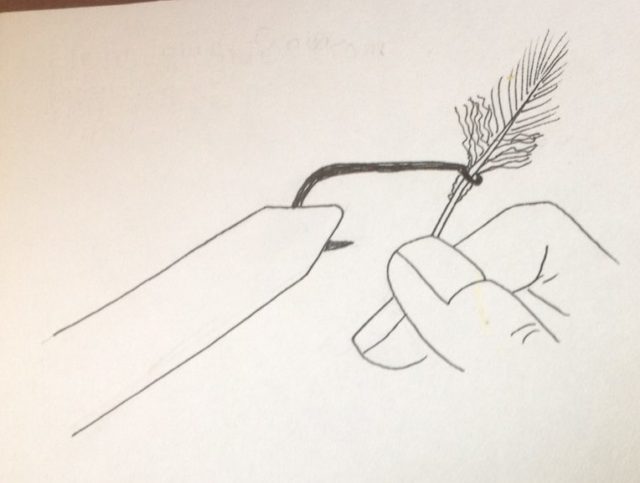 3. Bodkins usually get freshly applied glue out of the hook eye but a feather is really effective.
3. Bodkins usually get freshly applied glue out of the hook eye but a feather is really effective.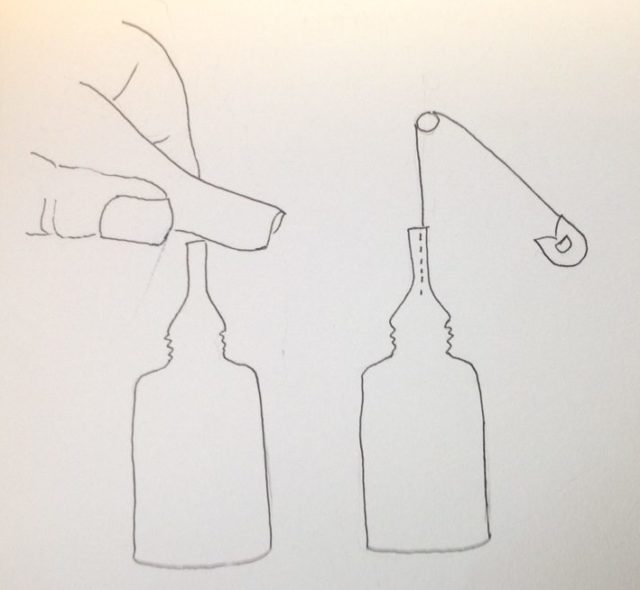 4. Frustrated with the hole in your glue bottle being glued shut? Try this, after each use quickly wipe with a cloth, re-establish hole with a safety pin or bodkin, then cap right away. If that doesn’t work try a flame heated pin. Also cutting off the tip will often get below the hardened glue.
4. Frustrated with the hole in your glue bottle being glued shut? Try this, after each use quickly wipe with a cloth, re-establish hole with a safety pin or bodkin, then cap right away. If that doesn’t work try a flame heated pin. Also cutting off the tip will often get below the hardened glue.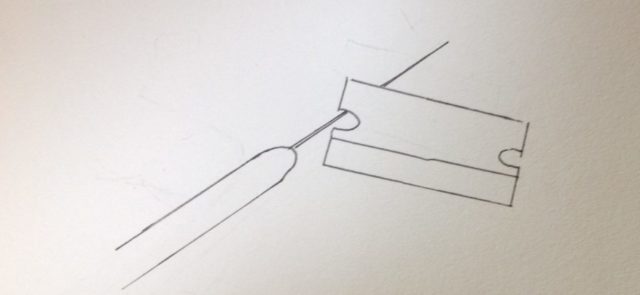 5. Hardened glue on bodkin or safety pin can easily be scraped off with a razor blade.
5. Hardened glue on bodkin or safety pin can easily be scraped off with a razor blade.